Expansion of Aerospace and Defense Sector
The aerospace and defense sector is another critical driver for the High Vacuum Gauge Market. The manufacturing of aerospace components often necessitates high vacuum conditions to ensure the quality and reliability of materials. As countries invest in defense and aerospace technologies, the demand for high vacuum gauges is expected to rise. The market is likely to benefit from increased government spending on defense and advancements in aerospace technologies, with estimates suggesting a growth rate of around 6% annually. This expansion not only highlights the importance of high vacuum gauges in ensuring safety and performance but also reflects the broader trends in global defense spending.
Rising Demand from Semiconductor Industry
The semiconductor industry is a major driver for the High Vacuum Gauge Market, as the production of microchips requires ultra-high vacuum conditions. The increasing demand for electronic devices and advancements in technology are propelling the need for high-quality vacuum gauges. As semiconductor fabrication processes become more complex, the requirement for precise vacuum measurement becomes critical. Reports indicate that the semiconductor market is expected to reach a valuation of over 500 billion dollars by 2026, which will likely lead to a corresponding increase in demand for high vacuum gauges. This trend underscores the importance of reliable measurement tools in maintaining the integrity of semiconductor manufacturing processes.
Emerging Applications in Medical Technology
Emerging applications in medical technology are contributing to the growth of the High Vacuum Gauge Market. The use of high vacuum systems in medical devices, such as vacuum-assisted wound closure systems and sterilization processes, is becoming more prevalent. As the healthcare sector continues to innovate, the need for reliable vacuum measurement tools is likely to increase. The medical technology market is projected to grow significantly, with estimates indicating a potential increase of over 7% annually. This trend suggests that high vacuum gauges will play a vital role in ensuring the efficacy and safety of medical devices, thereby driving further demand in the market.
Growth in Research and Development Activities
Research and development activities across various sectors are significantly influencing the High Vacuum Gauge Market. Institutions and laboratories engaged in cutting-edge research require high vacuum environments for experiments, particularly in fields such as physics, chemistry, and materials science. The increasing investment in R&D, particularly in emerging technologies like nanotechnology and quantum computing, is expected to drive the demand for high vacuum gauges. As research institutions expand their capabilities, the market for high vacuum gauges is likely to see a robust growth trajectory, with projections indicating a potential increase in market size by approximately 10% over the next five years.
Technological Advancements in Measurement Precision
The High Vacuum Gauge Market is experiencing a surge in demand due to advancements in measurement precision technologies. Innovations such as digital gauges and enhanced sensor technologies are enabling more accurate and reliable vacuum measurements. This is particularly crucial in sectors like semiconductor manufacturing and research laboratories, where precision is paramount. The integration of IoT and smart technologies into vacuum gauges is also transforming the landscape, allowing for real-time monitoring and data analysis. As industries increasingly rely on precise vacuum conditions for optimal performance, the market for high vacuum gauges is projected to grow significantly, with estimates suggesting a compound annual growth rate of over 5% in the coming years.


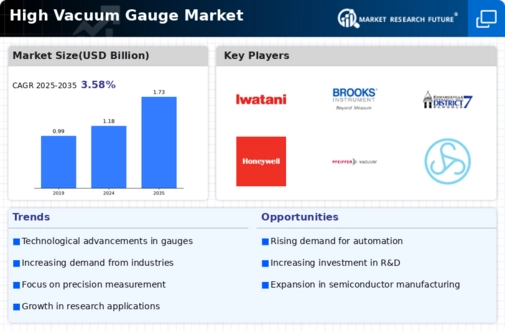
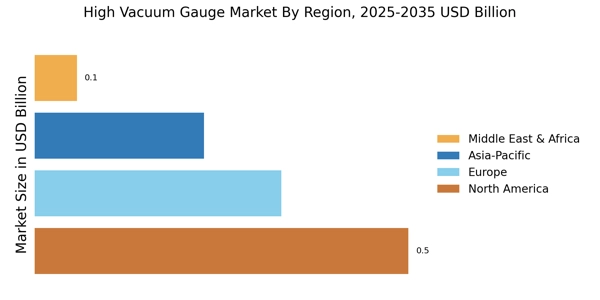

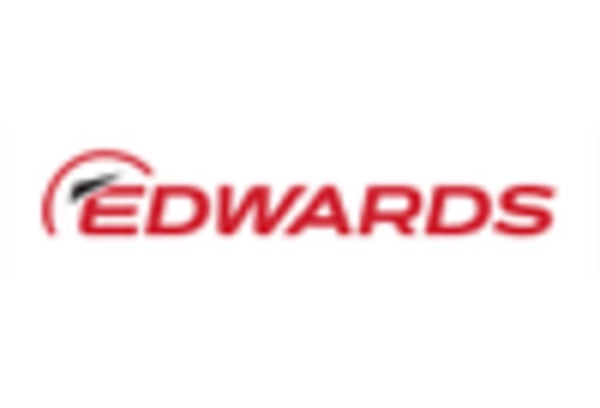
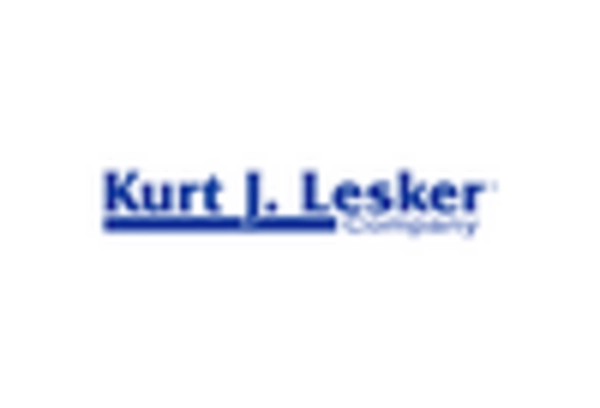
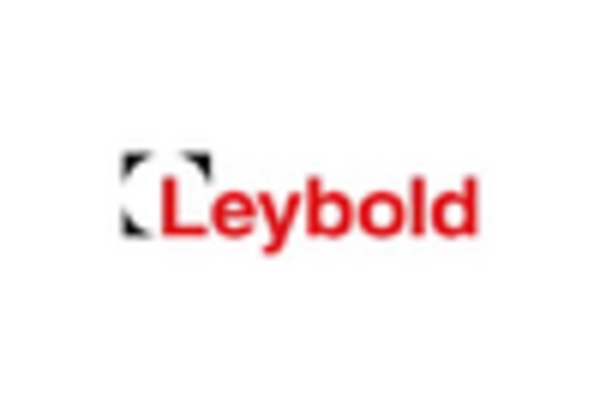
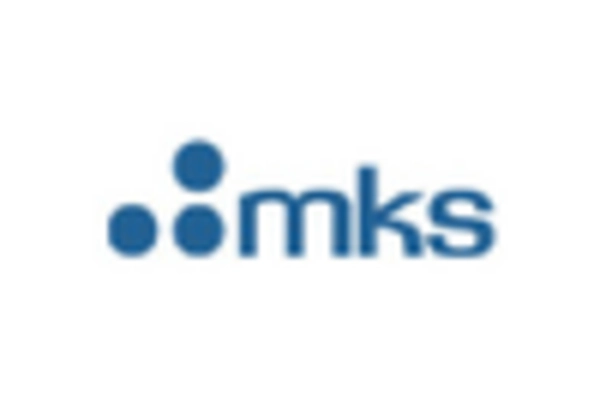
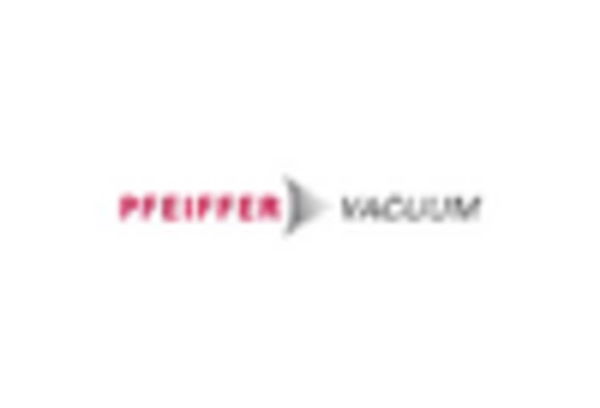








Leave a Comment